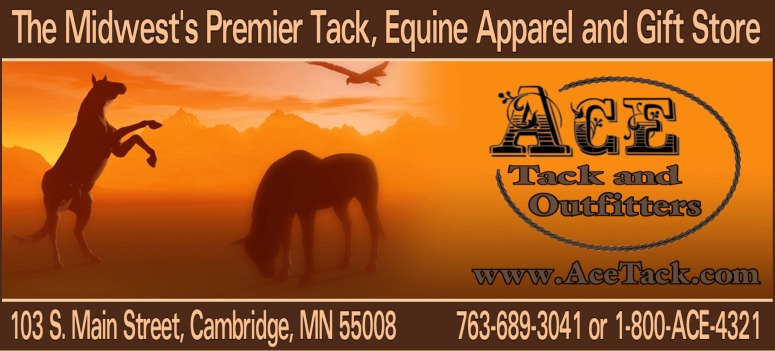Justin 2010- Wrangler WNFR Commemorative
LIMITED EDITION
Dufflle/Boot Travel Bag.
On Sale Reg. $49.95 Sale $42.95
This boot bag is made of a a heavy duty 600D polyester with PVC backing for added strength. It measures oversized 22"x14"x10". There are 2 exterior zippered boot compartments on each side of the bag.
It has the Justin Boot official logo on one side, along with the Wrangler National Finals Rodeo - Las Vegas 2010 embroidered on the other side. Both logos are in a very nice quality embroidrey.
The bag with brown with dark brown piping, straps and zippers. It offers both shorter hand hold straps and a longer shoulder carry strap.
This is a very nice limited edition gear/duffle/boot travel bag!
To purchase go to www.acetack.com
Merry Christmas
LIMITED EDITION
Dufflle/Boot Travel Bag.
On Sale Reg. $49.95 Sale $42.95
This boot bag is made of a a heavy duty 600D polyester with PVC backing for added strength. It measures oversized 22"x14"x10". There are 2 exterior zippered boot compartments on each side of the bag.
It has the Justin Boot official logo on one side, along with the Wrangler National Finals Rodeo - Las Vegas 2010 embroidered on the other side. Both logos are in a very nice quality embroidrey.
The bag with brown with dark brown piping, straps and zippers. It offers both shorter hand hold straps and a longer shoulder carry strap.
This is a very nice limited edition gear/duffle/boot travel bag!
To purchase go to www.acetack.com
Merry Christmas
























